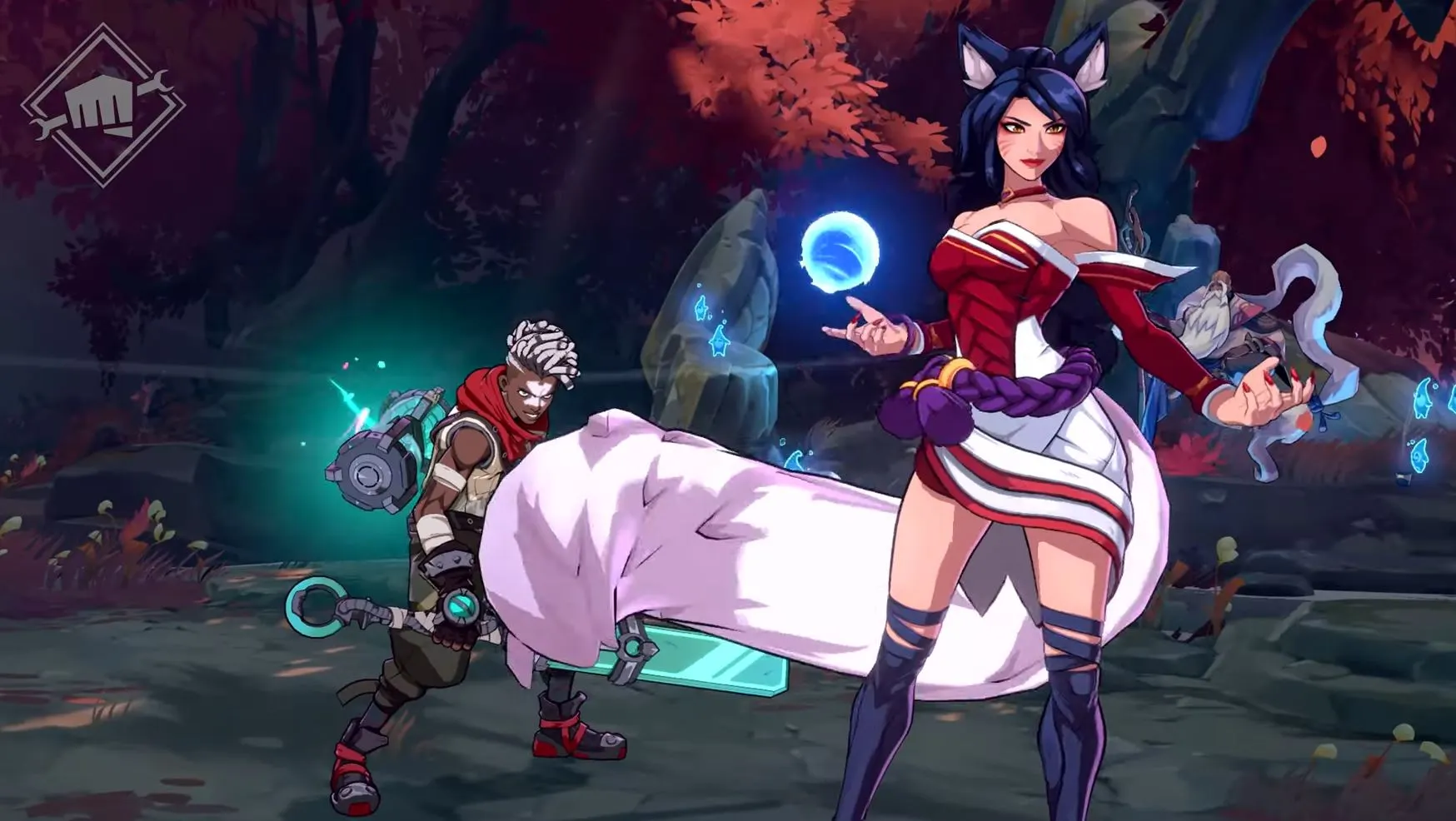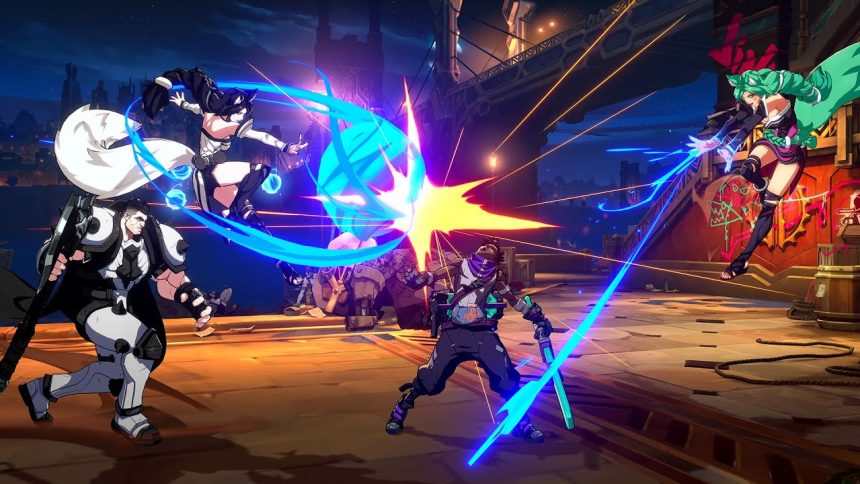As details about 2XKO emerge, the spotlight is primarily on how familiar characters from League of Legends are being adapted into a fighting game. This is a common point of interest, as seeing well-known characters in new settings often captivates fans.
For example, crossover characters like Negan in Tekken 7 or Banjo-Kazooie in Super Smash Bros. Ultimate have garnered attention due to their novelty. However, focusing solely on this adaptation might overshadow other significant aspects of 2XKO that could impact the fighting game genre.
After experiencing 2XKO at Evo 2024, it becomes clear that the game introduces substantial innovations beyond its character roster. Unlike traditional fighting games, 2XKO deviates from standard formats by implementing notable changes to the 2v2 fighting mechanic.
These shifts aren’t just cosmetic; they involve modifications to game mechanics and a shift in gameplay philosophy, suggesting that 2XKO may be redefining the fighting game experience in a profound way.
2XKO is a tag-based fighting game that pits two teams of champions from League of Legends against each other. The demo showcased six playable characters: Ahri, Braum, Darius, Ekko, Illaoi, and Yasuo.

A key departure from conventional 2v2 games is that matches involve up to four players, each controlling a single champion. This introduces various possible team configurations, such as a single player managing both champions on a team or two players each controlling one champion.
This setup creates a new layer of strategic depth. One player controlling two characters faces different challenges compared to a team of two players with their own distinct styles and strategies. The game raises questions about future competitive formats, such as whether players will compete individually or as pairs in tournaments, adding complexity to the strategic planning required.
Additionally, the character select screen includes Fuses, which are perks that enhance team performance. Options like Pulse—2XKO’s version of modern controls—Double Down, and 2X Assist offer strategic advantages.
The Pulse option simplifies controls, while Double Down combines Ultimate attacks into a single powerful move, and 2X Assist provides more options for assisting characters. The choice of Fuses adds another strategic layer to team composition and gameplay.
The gameplay itself feels familiar to seasoned fighters, with each team having one character on-screen at a time and the ability to call in assists.
A notable change from previous tag fighters is that defeated characters can still be used for assists in 2XKO, altering traditional strategies where losing assists could create a significant disadvantage. This continuous availability of assists encourages aggressive play from players on the defensive.
Each character in 2XKO has a unique set of abilities, with varying levels of complexity. Characters like Braum and Darius, with straightforward combat styles, are easier for beginners to master, while others like Ekko, with his time manipulation powers, offer more complex gameplay.
Characters such as Illaoi and Ahri also provide unique strategies with their spatial control abilities. With the full roster yet to be revealed, 2XKO promises a diverse and intricate gameplay experience, positioning itself as a potentially groundbreaking addition to the fighting game genre.







